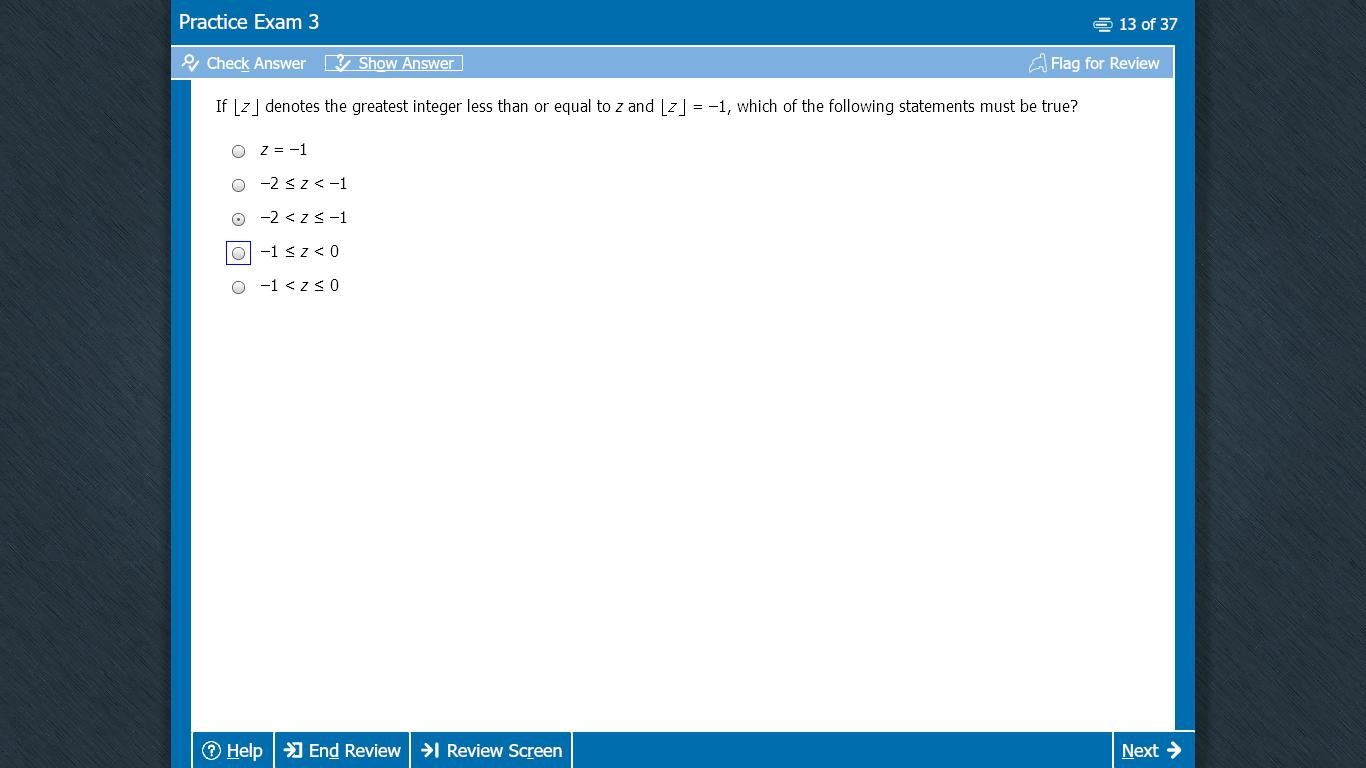Events & Promotions
|
|

GMAT Club Daily Prep
Thank you for using the timer - this advanced tool can estimate your performance and suggest more practice questions. We have subscribed you to Daily Prep Questions via email.
Customized
for You
Track
Your Progress
Practice
Pays
Not interested in getting valuable practice questions and articles delivered to your email? No problem, unsubscribe here.
- Nov 19
12:30 PM EST
-01:30 PM EST
Learn how Keshav, a Chartered Accountant, scored an impressive 705 on GMAT in just 30 days with GMATWhiz's expert guidance. In this video, he shares preparation tips and strategies that worked for him, including the mock, time management, and more - Nov 20
07:30 AM PST
-08:30 AM PST
Learn what truly sets the UC Riverside MBA apart and how it helps in your professional growth - Nov 20
01:30 PM EST
-02:30 PM IST
Learn how Kamakshi achieved a GMAT 675 with an impressive 96th %ile in Data Insights. Discover the unique methods and exam strategies that helped her excel in DI along with other sections for a balanced and high score. - Nov 22
11:00 AM IST
-01:00 PM IST
Do RC/MSR passages scare you? e-GMAT is conducting a masterclass to help you learn – Learn effective reading strategies Tackle difficult RC & MSR with confidence Excel in timed test environment - Nov 23
11:00 AM IST
-01:00 PM IST
Attend this free GMAT Algebra Webinar and learn how to master the most challenging Inequalities and Absolute Value problems with ease. - Nov 24
07:00 PM PST
-08:00 PM PST
Full-length FE mock with insightful analytics, weakness diagnosis, and video explanations! - Nov 25
10:00 AM EST
-11:00 AM EST
Prefer video-based learning? The Target Test Prep OnDemand course is a one-of-a-kind video masterclass featuring 400 hours of lecture-style teaching by Scott Woodbury-Stewart, founder of Target Test Prep and one of the most accomplished GMAT instructors.
Originally posted by sguptashared on 23 Oct 2013, 19:50.
Last edited by Bunuel on 06 Nov 2017, 20:51, edited 3 times in total.
Last edited by Bunuel on 06 Nov 2017, 20:51, edited 3 times in total.
Renamed the topic, edited the question, added the OA and moved to PS forum.
Kudos
Bookmarks
D
Be sure to select an answer first to save it in the Error Log before revealing the correct answer (OA)!
Difficulty:
 35%
(medium)
35%
(medium)
Question Stats:
69% (01:12) correct 31%
(01:14)
wrong
31%
(01:14)
wrong  based on 2220
sessions
based on 2220
sessions
History
Date
Time
Result
Not Attempted Yet
If [z] denotes the greatest integer less than or equal to z and [z] = -1 which of the following statements must be true?
A. z = -1
B. -2 <= z < -1
C. -2 < z <= -1
D. -1 <= z < 0
E. -1 < z <= 0

prep.JPG [ 68.6 KiB | Viewed 54962 times ]
A. z = -1
B. -2 <= z < -1
C. -2 < z <= -1
D. -1 <= z < 0
E. -1 < z <= 0
Attachment:
prep.JPG [ 68.6 KiB | Viewed 54962 times ]
Kudos
Bookmarks
sguptashared
[z] is the greatest integer less than or equal to z means that some function [] rounds DOWN a number to the nearest integer. For example [1.5]=1, [2]=2, [-1.5]=-2, ...
Now, since [z] = -1, then \(-1\leq{z}<0\) --> ANY number from this range when rounded down to the nearest integer is -1.
Answer: D.
Similar questions to practice:
if-denotes-the-least-integer-greater-than-or-equal-to-x-132223.html
if-denotes-the-greatest-integer-less-than-or-equal-to-x-94687.html
for-all-numbers-t-let-t-be-defined-as-the-greatest-105416.html
is-x-an-odd-integer-1-x-2-2x-99856.html
for-all-z-denotes-the-least-integer-greater-than-or-110561.html
denotes-to-be-the-least-integer-no-less-than-x-is-130841.html
for-all-numbers-t-let-t-be-defined-as-the-greatest-105416.html
if-is-the-greatest-integer-less-than-or-equal-to-x-what-144277.html
how-x-become-fraction-if-its-been-said-an-integer-94687.html
awkward-ds-105416.html
help-data-sufficiency-equation-and-inequalities-99856.html
if-denotes-the-greatest-integer-less-than-or-equal-to-x-94687.html
denotes-to-be-the-least-integer-no-less-than-x-is-130841.html
is-the-greatest-integer-less-than-or-equal-to-the-real-n-154006.html
Hope it helps.
P.S. Please read carefully and follow: rules-for-posting-please-read-this-before-posting-133935.html Thank you,
General Discussion
Kudos
Bookmarks
Bunuel
If question asks " [z] denotes the greatest integer less than or equal to z and [z] = 0", then can we say 0<=Z<1 ?
Regards,
Ammu
















